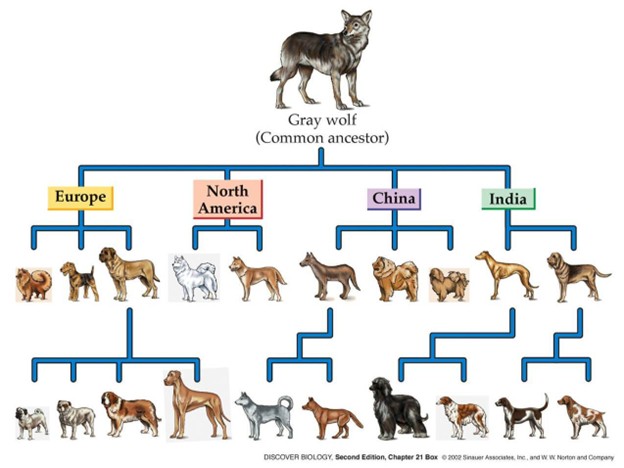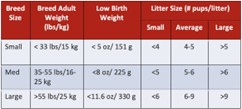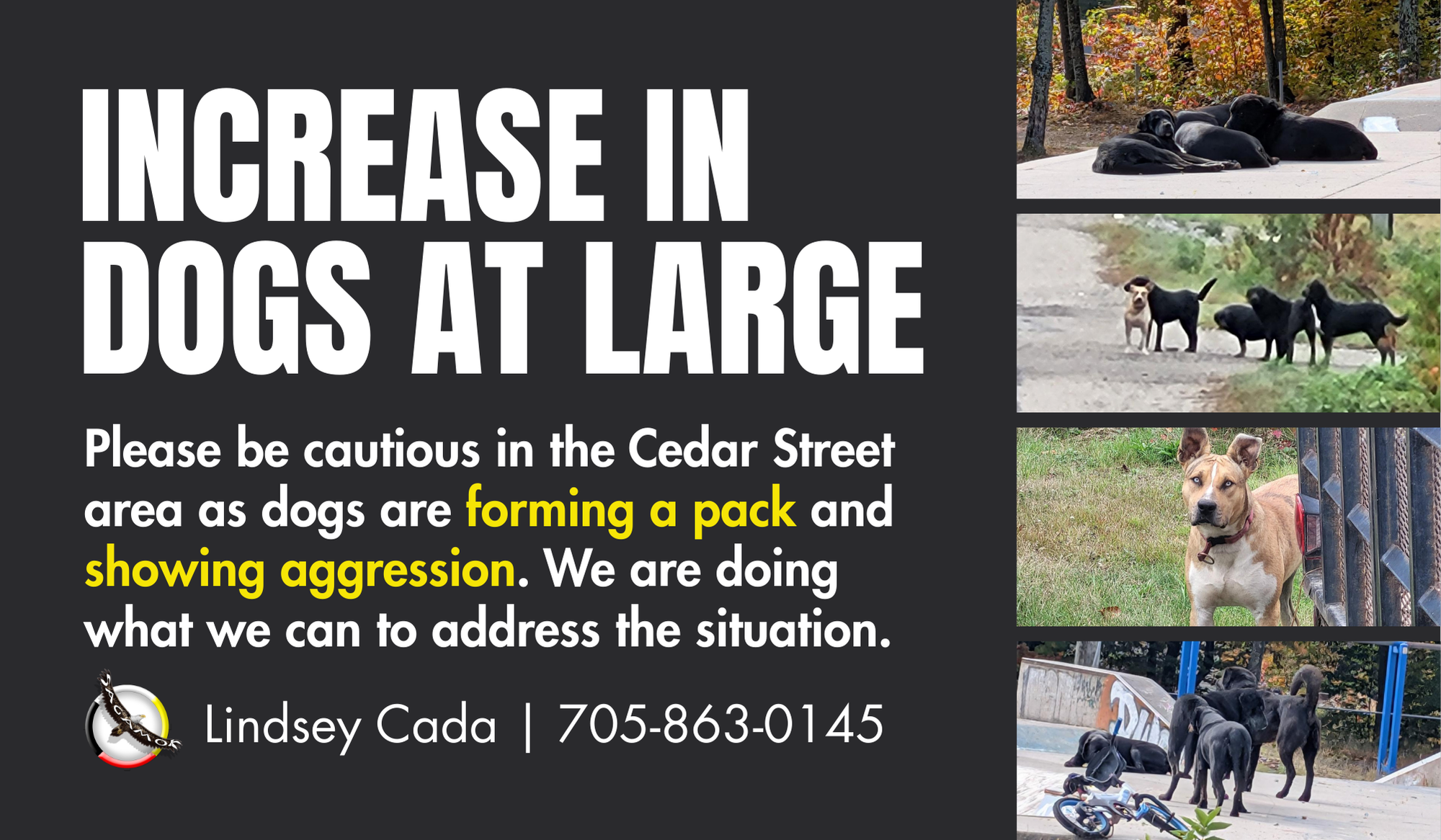There has been an increase in dogs at large in the community, specifically in the Cedar Street area. Dogs near Cedar Street are forming a pack and showing aggression. Please be cautious while we do what we can to address the situation.
Animosh (Dog)

Dogs have been domesticated to be human companions for many years. They are companions, protectors, and partners in various tasks, including hunting and gathering. Many people treat their dogs as part of their families, making sure they are fed, given clean water, sheltered, and sometimes even clothed.
The “dog problem” has been a longstanding issue in the community: many dogs run free, packs of dogs attack and kill other dogs, and sometimes dogs attack and severely injure people. The problem continues to this day, with little sign of change on the horizon.
A new By-Law Officer, Lindsey Cada, was hired on July 7, 2025, she has been quite busy this past summer. Below are the stats from July 7:
- Dog surrender waitlist - 11
- Dogs transferred - 12
- Cats transferred - 17
- Dog bites that required medical care - 2
(Reported to Animal Control only; we do not receive word of the reports to health clinics.) - Known instances of dogs killing dogs - 4
- Current known strays/roaming dogs up the hill - 35+
- Current known strays/roaming dogs down the hill/river - 14+
- Dog complaints - 11
- Estimated puppies in the community - 58
Why Are There So Many Dogs Running at Large?
Let’s say a family gets a pup for little Johny or Jenny for their birthday or another special occasion. They get a female dog and don’t have her spayed—maybe they couldn’t afford the cost (around $400), maybe they were neglectful, or maybe they were hoping for pups to give away to family and friends.
Time goes by, the female dog grows, and she goes into heat. She gets pregnant and has five pups in her first litter. The family asks themselves, “Now what?” They manage to give away or sell three of the five pups but can’t find homes for the last two. Let’s say one is female and the other male. Now the family has two female dogs and one male dog. Struggling to feed and properly care for them, they end up leaving the dogs outside, hoping they will “just look after themselves.”
Now there are two unspayed female dogs roaming the community and one additional male dog—and remember, this is just from one family. A female dog will go into heat twice a year and can have about five pups per litter, which means up to 10 extra dogs in the community in a single year. If there are multiple unspayed female dogs, that number increases significantly. Below is a chart to illustrate the number of pups a female dog could have if they remain unspayed.

What Can Be Done About the Dog Population?
First, ask yourself before getting a dog: does our family really need or want a dog?
Second, can we properly care for the dog—provide it with daily food and water, give it exercise by taking it for walks on a leash, provide proper shelter (in your house or in an outdoor kennel), ensure it gets all vaccinations, regular veterinary checkups, and have it spayed or neutered to prevent more pups?
Let’s remember that owning a dog is a big responsibility and takes time and effort. Most dogs live 10 to 15 years depending on the breed, so you must consider that when deciding to own a dog.
Lastly, if you already own a dog, please have it spayed or neutered, don’t let it run loose in the community, and make sure you properly care for it.
For more information or to report incidents regarding dogs at large, please contact Lindsey Cada:
📞 705-863-0145
📧 cada_lindsey@sagamok.ca

